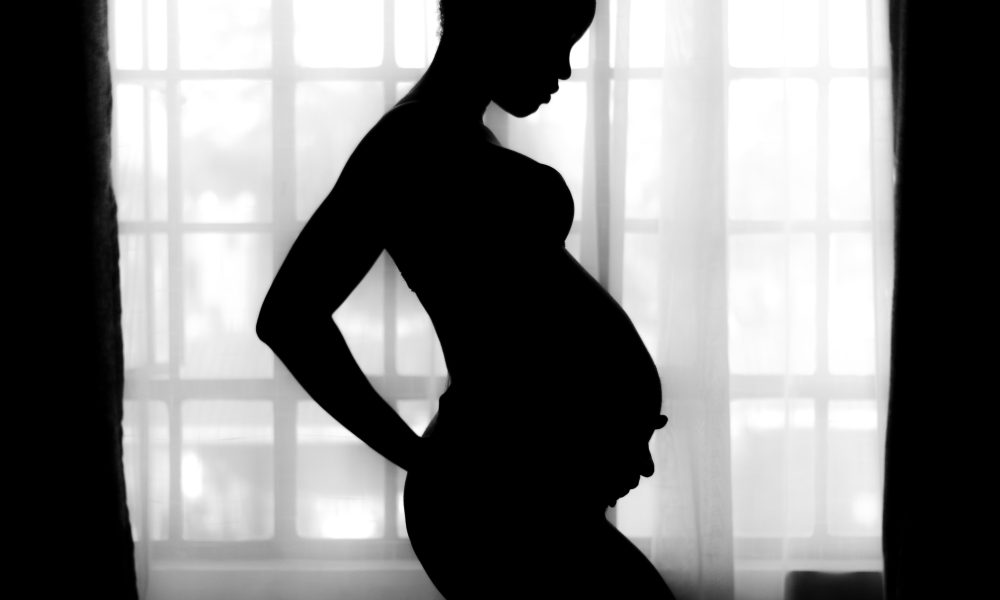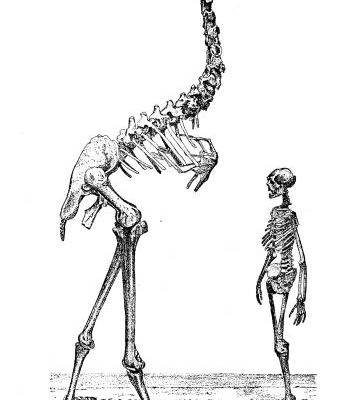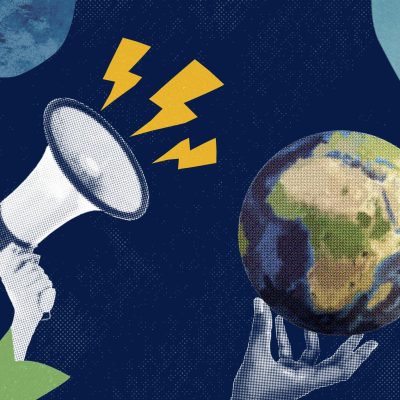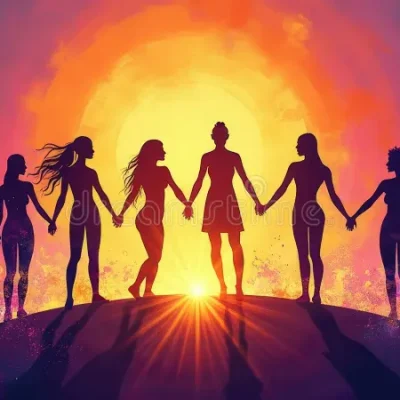Maternal mortality in the U.S.: uncovering the impact of the healthcare system on women
The pregnancy of Sarah’s daughter Fia took nine months as usual. However, her pregnancy process was not normal despite surviving the birth of her daughter. She develops raging fevers and an ulcer attack, and on top of that, she has developed postnatal depression. Since she is not in contact with any family members no one can help take care of her child, making this step in life incredibly. The medicine she receives from the hospital she is unable to pay back, to the point where she is unable to provide for herself and her newborn child. They both grow progressively sicker, only for both of them to pass away within weeks. Their memory only leaves the records of medical bills piled within hospital records. My hypothetical short story represents one of the million experiences that mark maternal death rates worldwide. Such factors dive into the effects and causes of maternal mortality by discussing how the U.S. healthcare system has impacted maternal deaths, especially in women of color, who depend on support organizations to receive safe births.
However, it happens that the health of mothers is quoted by Christina Gebel, the co-chair of Accompany Doula Care “The maternal mortality rates in the U.S. have been bad for quite a number of years now along with a lot of other maternal and child outcomes like preterm birth, infant mortality, and so on.” There is no doubt that experiences such as the COVID-19 pandemic lessened the efficiency of public spaces and hospitals, causing an upturn in mortality and death rates. However, according to the Guardian the CDC released that “the rate of maternal mortality – defined as deaths during pregnancy or within 42 days of giving birth – rose by 40% in 2021.” The “latest federal compilation of data” suggests that 84% of maternal deaths were preventable. This data must cause us to wonder what is our government’s plan for handling maternal death rates, and how come maternal death rates increase dramatically after the pandemic. Is it the fact that privileged families can easily afford decent support in comparison to low-income mothers, who lack proper care and protection because of their status?
It is believed that the cause of maternal mortality can most likely be linked to the COVID-19 pandemic. Exposure to the virus could have made women vulnerable thus causing their demise. However, maternal death rates rose higher in America even before the COVID-19 pandemic. The Guardian states that the growing pregnancy of women in the early 2020s resulted in “33 deaths for every 100,000 live births, 1,205 women died of maternal causes that year.” As a result, in the United States women who are pregnant are more likely to die prior to giving birth than in other nations across the world, such as France, Belgium, South Korea, and the United Kingdom. These death rates are reportedly ten times higher than in other nations, which prioritize health care above all else. Even during the pandemic, the mortality rates of other countries were not equal to that of America, a nation slow to reflect on this impending issue.
The fatal health of women who have died from causes such as high blood pressure and hemorrhage is higher than average years such as 2017 and 2018. Then, maternal death rates affected ten percent of the population. Women were dying from “high blood pressure and from infections; they died from hemorrhage, and from blood clots, and from strokes.” The consequences of these deadly illnesses, such as lack of oxygen, formed due to the lack of care and time in injecting certain epidurals and procedures that ensure the safe delivery of a child. When interviewing Gebel, it is reported that “the level of chronic stress on the body, that level of anxiety can create higher cortisol in what we call the weathering effect, which means slowly over time this takes a toll on the body physically.” Stress relating to factors such as poor living conditions, lack of money and health insurance, and domestic violence have great effects on how a woman feels inside while pregnant. A woman’s pregnancy ultimately determines the illnesses and bodily responses that she receives, determining her likelihood of death.
Pregnancy and anticipating the birth of a child are based on the physical effects that relate to women’s health. The pregnancy process alters the human body, by slowly implementing health declines that affect mothers after birth. According to The National Health Library of Medicine, recent case studies have shown that “The proportion of deaths to women of reproductive age that are maternal deaths ranged from 8.8% to 17.3%. The percentage of maternal deaths due to direct obstetric causes ranged from 45.2% to 80.4%.” These statistics compare the results of maternal mortality rates, before birth and after birth. Statistics may vary depending on the source, but rising numbers pose a threat that is very real, as the postpartum period takes a toll on the mental health of women after birth. This results in a higher percentage of mothers who passed away during and after birth, due to receiving only 76.4 percent of decent parental healthcare. As a result, the health industry is downplaying the health and well-being of struggling mothers, who lack the resources to be treated with inexpensive care.
Racial negligence and systemic racism play more roles in the factors of maternal death rates. Access to giving birth in America is likely to be a convenience for the average Caucasian woman, leaving 5.33 percent of Black women to be affected by this recurring dynamic. For decades the African American population in the U.S. has faced the burdens of impoverished working conditions, Jim Crow, and elicit racism. A lack of proper health care is one of the issues that have critically been a struggle for the Black population. It is believed that such challenging conditions experienced by African Americans have exposed them to excessive taxation while receiving no sufficient help to pay their hospital bills. According to the Kaiser Family Foundation, “Black, AIAN, and Native Hawaiian and Other Pacific Islander (NHOPI) women also have higher shares of preterm births, low birthweight births, or births for which they received late or no prenatal care compared to White women.” This was an issue for professional tennis player Serena Williams, who had a blood clot in her lungs and struggled to persuade her doctors to look into her concerns as a black woman. Luckily, Serena Williams survived, but would she have survived if she was not granted the Medicare afforded to her? Probably not, as the strive for Medicare for middle and lower-class African American women hits harder. This recurring trend has been a problem even before the pandemic, due to the fact that the medical system seems to favor Caucasian women over racial minorities. According to Gebel, “It is going to take the writers evaluating their own implicit biases, and how they might be viewing a patient differently based on the color of their skin.” Gebel is addressing how even years after the Civil Rights movement, and even after the Civil Rights movement, our society still connects with the systemic codes present in how our society functions. Her statement indicated how writers are informing professional doctors about the threat and danger of racial insensitivity within the medical system.
Despite the trials that surround the pregnancy process for struggling mothers, there are thankfully charitable people and organizations that acknowledge the physical and emotional pain after childbirth. Why is women’s suffering so ignored? You may also wonder what organizations are helping mothers during pregnancy by helping improve their current health. I had the privilege of collaborating with the organization called Accompany Doula Care. Accompany Doula Care and other Doula-sponsored organizations work towards helping improve the outcomes of childbirth/ the lives of newborn children due to the socio-economic issues they are experiencing. The goal of doula care is to support mothers in childbirth to forge a meaningful experience in raising their children and benefit from the support they would not have otherwise. The framework of doula care works towards improving the health of its users, reducing the cost of healthcare for less fortunate families, and forging a connection between its patients and professionals. Hopefully, a golden future can be expected through the work of dedicated doulas who can define what it means for mothers to feel healthy physically and mentally. If intrigued by this information feel free to donate to doulas of any organization. Donations would mean a lot for mothers experiencing pregnancy to receive the proper attention and support they need.
Lack of sufficient healthcare, support, systemic racism, and disparities between rich and poor women have been the factors highlighting the plea to combat maternal mortality. The fact that deaths are happening in our country at an alarming rate point to larger issues with our country’s politics and flawed medical system. The impending cause is an issue our congress and politics do not widely consider, but nevertheless, equity for mothers and advocacy for breaking racial barriers are all the more rampant in the next generation’s hope for change. Extraordinary minds and the ability and audacity to advocate for justice for all mothers to be is absolutely essential in dictating the future. Luckily organizations, such as Accompany Doula Care take the time and energy to actually regard the data and statistics involving this issue. Organizations, and advocacy in the past of human rights activists, are allowing us to walk into the skin of those who may not have the same protections as we do. It is therefore up to us to enhance the way we approach and view our pride in helping those in need.










